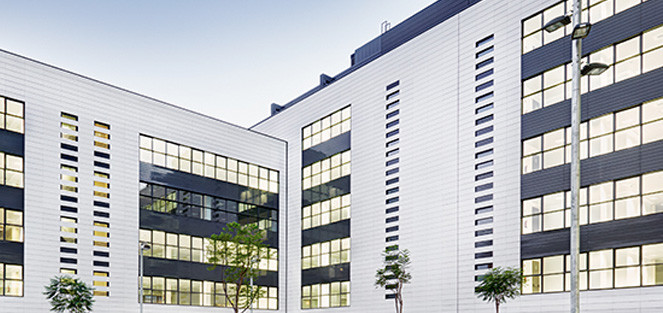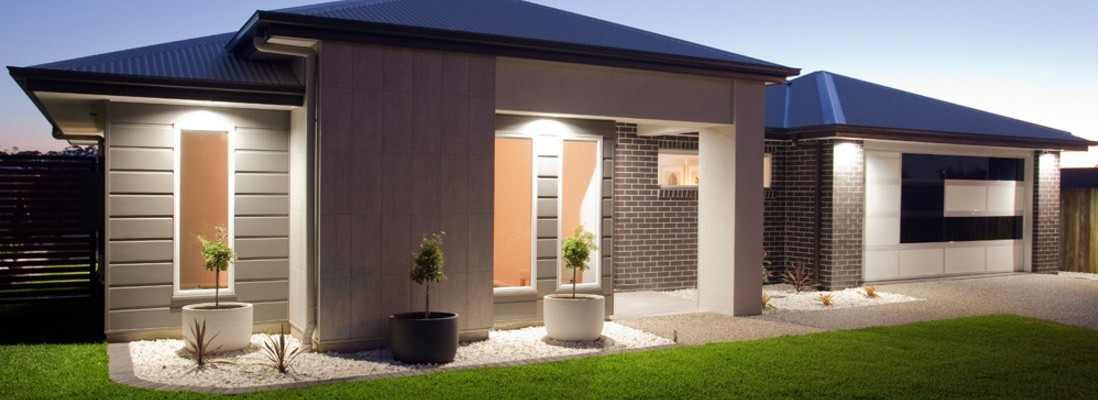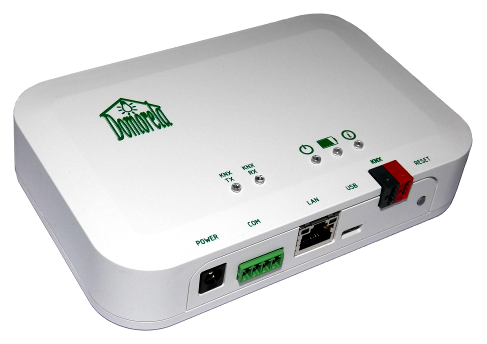Domorela's Blog: Domorela's hardware: Interfaces Board
In our second, and last, article about Domorela's hardware we will talk about the decisions which led to the current design of the interface board. As we said in our previous article about SOM, you can think about Domorela as a kind of computer with motherboard and CPU module, being the former the Interface Board.
A SOM board offers all the signals of the CPU peripherals, which are delivered to the Interface Board usually through a single connector that routes the selected signals to each of the components and interface connectors assembled in the Interface Board. So the point here is to choice the peripherals in use by the Embedded Operating System that led to the components and interface connectors we will need to include in the device. The more peripherals in use, the more system resources will be required, the more drivers need to be used in the Embedded Operating System and, finally, more security concerns we'll have to face.
As Domorela is an appliance, a dedicated device, there is no need for too much peripherals to be in use and its number will depend on their importance to do the dedicated tasks. So the decisions here were aimed to reserve the maximum possible power to the background processes of the Embedded Operating System and the application while avoiding the maximum security concerns.
Another purpose of the Interface Board is to give power to the SOM and its own components. We have designed two types of power circuit resulting in two types of Interface Boards, one with 12~24 VDCin, with their appropriate connector, allowing to power Domorela device from electric boxes and a second one with 5 VDCin allowing to power Domorela device from an external power supply with a Jack connector.
The above mentioned about power supply results in two different submodels of Domorela DMRL1 model devices, one that can be installed on electric boxes of any premises and another that can be used in other kind of installations or facilities, for instance, in a rack closet or in the laboratory of a learning centre or school.
About components of the Interface Board we can speak here about a Real Time Clock (RTC) to save date and time, a security chip to perform several crypto operations (among others, help to secure user passwords in the application) and the connection interfaces: Gigabit Ethernet, dual RS-232/RS-485, USB and KNX TP-UART.
Many thanks for reading us.












